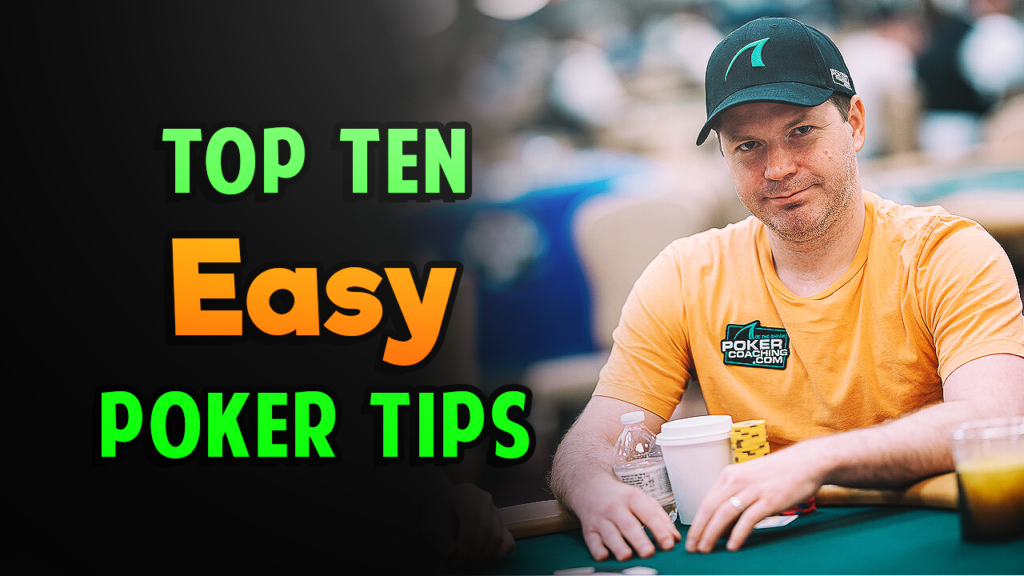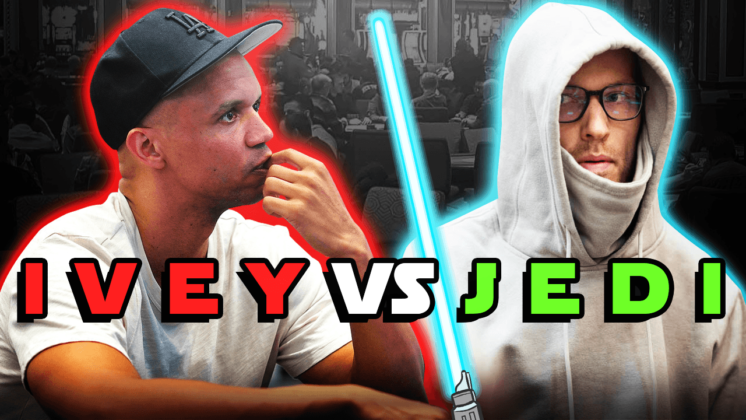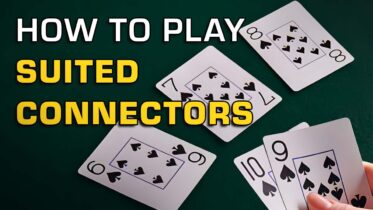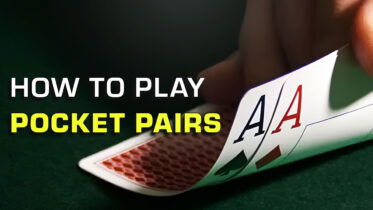When you are considered one of the greatest poker players of all-time, it makes sense that your fans may find you playing a $200,000 buy-in tournament in the Triton Super High Roller Series. In the recent Triton Series, Phil Ivey found himself going toe-to-toe with some of poker’s best in the series’ high stakes, invitational tournament. Showing no fear on the felt, No Home Jerome would show stream viewers how the best in the game bluff catch.
The Game: $200,000 Buy-In NLH Tournament
Effective Stack: 35 Big Blinds
Where: 2022 Triton High Roller Tournament Series, Madrid, Spain
This video comes from Jonathan Little’s YouTube Channel. If you would like to stay up to date with more video content such as this, including hand breakdowns from Phil Hellmuth, Garrett Adelstein, Brad Owen, and more, check out the channel!
Preflop Analysis
Folded to on the button, Phil Ivey peered down at 10♦-6♦ and executed a 13,000 raise. In the small blind was British pro Ben Heath, who asked Ivey for a count of his chips before calling the 13,000 raise with 5♠-5♦. Donning his classic hoodie, German pro Christoph Vogelsang called from the big blind holding 7♣-6♣.
Unless he believed he was going to get three-bet at a high frequency from opponents yet to act, Ivey made a good, standard raise from late position with 10♦-6♦.
If Vogelsang had a similar stack size to Heath and Ivey, Heath could have considered ripping it all-in with his small pocket pair, but with a deep-stacked opponent yet to act Heath made the right decision flatting.
Much like his two opponents, Vogelsang also made the standard play making the call with suited connectors.
Vogelsang Hits A Favorable Flop
The Pot: 45,000
The Board: 10♣-8♣-3♦
Effective Stack: 32 Big Blinds
Heath: 5♠-5♦
Vogelsang: 7♣-6♣
Ivey: 10♦-6♦
Flop Analysis
Both European pros would check it over to Ivey, who executed a small 16,000 continuation bet with his top pair. Both Heath and Vogelsang would make the call.
As the preflop raiser, Ivey had to be cautious in a situation where both of his opponents had ranges that connected well with the board. While Ivey was okay betting for a small size, checking may have been preferred given he could have been betting into a far better hand.
Although he is a well-studied, world-class player, Heath should not have called with his pocket fives. Lacking a club, Heath could hit a set but still be beat if it was the 5♣ completed a flush draw for one of his opponents.
Flopping a flush and gutshot straight draw, Vogelsang had to decide between calling Ivey’s bet or applying pressure with a raise. If Vogelsang were to have raised, he would have had to consider the fact Ivey could then shove to avoid getting outdrawn with a hand like top pair (which in this case, he had). Additionally, Vogelsang still had to worry about having Heath yet to act. Raising or shoving would have placed Vogelsang in a tough spot, by calling he allowed himself to see the turn and potentially hit one of his draws.

Crush cash games and poker tournaments with Jonathan Little’s Top Ten Poker Tips!
The Board Pairs On The Turn
The Pot: 93,000
The Board: 10♣-8♣-3♦-8♥
Effective Stack: 29 Big Blinds
Heath: 5♠-5♦
Vogelsang: 7♣-6♣
Ivey: 10♦-6♦
Turn Strategy
First to act Heath checked, which was followed by a 55,000 bet from Vogelsang. Still ahead with top two pair, Ivey made the call while Heath would fold to get out of the way.
While Vogelsang’s lead with seven-high may seem perplexing, it was actually a quality bet considering the fact Ivey would not bet the flop with a paired eight. Vogelsang had plenty of eights in his range that would have called the flop, with the 8♥ on the turn the board provided Vogelsang with a great opportunity to represent trips.
Ivey was in a brutal spot on the turn, especially since the hand was multi-way. Heath had still yet to act following the bet from Vogelsang, who had plenty of hands in his range that had Ivey beat. Although shoving would have simply caused Ivey to get called by trips, with his effective stack it wasn’t necessarily a bad option. By calling with a plan of moving all-in on safe rivers, Ivey essentially would have lost to trips anyway, incentivizing him to make his opponents play for it all on the turn. Ivey had an extremely tough decision, but considering Heath was still in the hand, calling seemed to be the best play.
Could Phil Ivey Find The Bluff Catch?
The Pot: 203,000
The Board: 10♣-8♣-3♦-8♥-K♥
Effective Stack: 20 Big Blinds
Vogelsang: 7♣-6♣
Ivey: 10♦-6♦
River Analysis
Missing his draws on the river, the only way Vogelsang had a shot at winning this hand was by going for the bluff. Sliding a decent-sized stack of chips into the middle, Vogelsang put Ivey all-in and sent him into the tank.
The king on the river was certainly a good one for Vogelsang, who had some sporadic king-x combos in his range that would shove the river for value. Despite holding the best hand, Ivey was in quite a predicament on the river, but did he have the proper info to make the bluff catch? When all of the draws miss, it is easy for loose, aggressive opponents to find bluffs as they realize bluffing is the only way they can win the pot. If your opponent is less likely to shove for value and has a higher likelihood of shoving to bluff, you are in the proper spot to go for the bluff catch, but could Phil Ivey find it?
Conclusion
After thinking for some time, Ivey palmed a stack of chips and smoothly laid them down in the middle, successfully bluff-catching Vogelsang for the double-up. When you are facing the likes of Phil Ivey, even the best-executed bluffs have a chance of being caught by a Poker Hall of Famer. If you enjoyed this high stakes hand, be sure to check out this poker strategy breakdown of a hand Phil Ivey played in the Super High Roller Bowl.



